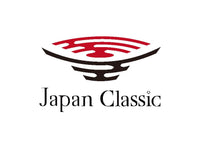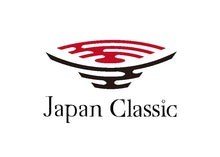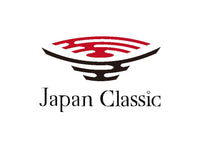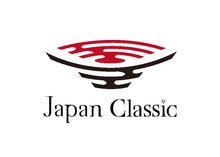【Japanese Pottery】Tanba Kiln: The Enduring Spirit of Traditional Ceramic Craft
About the Author
Table of Contents
【Japanese Pottery】Mikawachi Kiln: The Jewel of Ceramic Heritage
Mikawachi Kiln is a hidden gem in Japan’s vast ceramic landscape, renowned for its unique regional techniques and exquisite pottery. This article delves into the historical evolution, traditional methods, and cultural impact of Mikawachi Kiln that continue to inspire both classic and contemporary ceramic art.
1. Introduction
Tucked away in a serene region of Japan, Mikawachi Kiln represents a unique chapter in the nation’s ceramic history. Its enduring techniques and regional character have been preserved through generations, offering a window into authentic Japanese craftsmanship.
In this article, we explore the journey of Mikawachi Kiln, uncovering the practices and cultural influences that have defined its legacy.
2. What is Mikawachi Kiln?
Mikawachi Kiln is a traditional production center that specializes in creating pottery with a distinct, refined character. Using locally sourced clay and time-honored wood-fired methods, the kiln produces ceramics that showcase organic textures and soft, earthy hues.
These methods, passed down through generations, ensure that every piece reflects the authenticity and artistry of the region.
3. Historical Background
The history of Mikawachi Kiln spans centuries, with its roots deeply embedded in the traditional ceramic culture of Japan. Local potters refined their craft over generations, developing techniques that allowed them to harness the natural qualities of regional clay.
This rich historical tapestry not only shaped the aesthetic of Mikawachi pottery but also ensured its lasting impact on the broader field of Japanese ceramics.
4. Traditional Techniques & Firing Methods
A cornerstone of Mikawachi Kiln’s legacy is its traditional firing process, typically executed in wood-fired kilns. This method produces ceramics with a distinctive rustic finish, characterized by subtle color variations and natural textures.
Additionally, the shaping and glazing techniques employed by Mikawachi artisans emphasize simplicity and authenticity, preserving the organic quality of the pottery.
5. Cultural & Aesthetic Impact
The ceramics produced at Mikawachi Kiln embody a refined elegance that is deeply rooted in Japanese culture. Their natural, understated beauty reflects the philosophy of wabi-sabi—celebrating imperfection and the beauty of nature.
This aesthetic not only enhances the functional appeal of the pottery but also enriches contemporary design, making Mikawachi creations highly sought after by collectors and art enthusiasts.
6. Modern Developments
In recent years, Mikawachi Kiln has experienced a revival as modern potters integrate traditional techniques with innovative designs. New glazing methods and experimental forms are being introduced, yet the core essence of Mikawachi’s heritage remains intact.
This blend of tradition and innovation ensures that Mikawachi Kiln continues to be a vibrant force in the world of Japanese ceramics.
7. Final Thoughts
Mikawachi Kiln stands as a testament to the enduring power of traditional ceramic craftsmanship. Its unique techniques and rich cultural heritage continue to inspire both established artisans and modern designers.
As you explore the realm of Japanese pottery, take a moment to appreciate the authentic charm and timeless beauty that Mikawachi Kiln embodies—a true jewel in the world of ceramics.
Brighten Up Your Table.
We deliver vibrant, high-quality pieces directly from Japan to add color and elegance to your dining experience.






Leave a comment